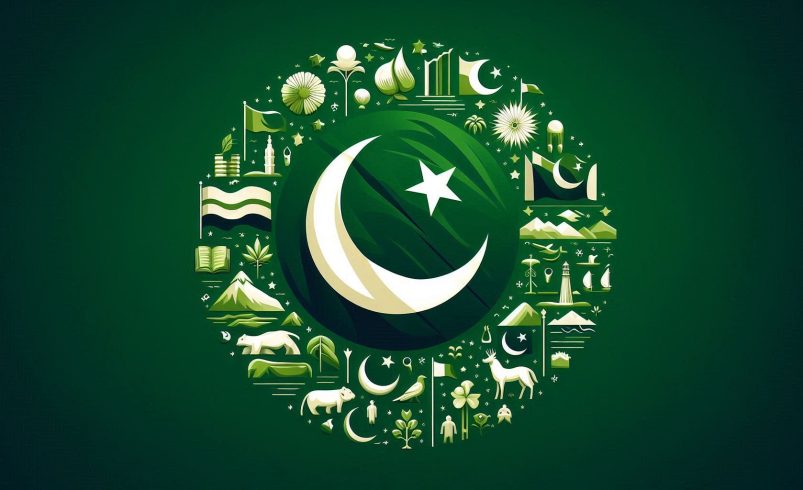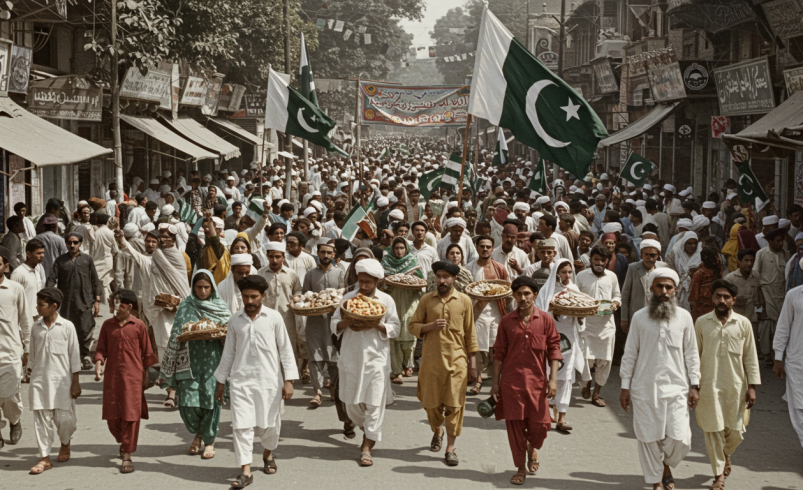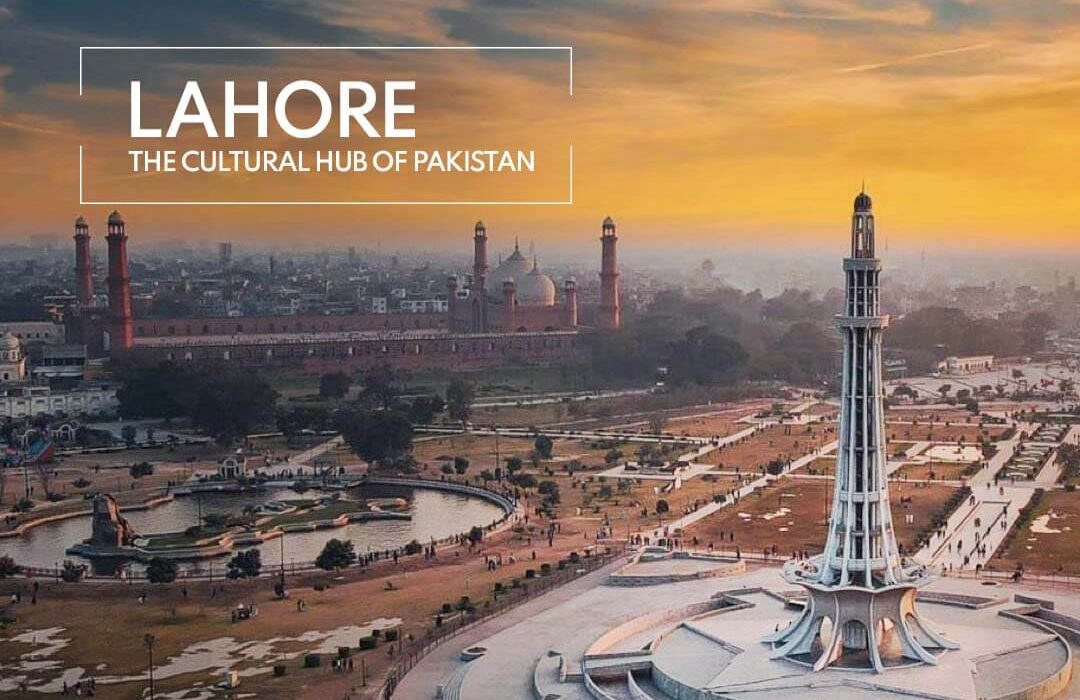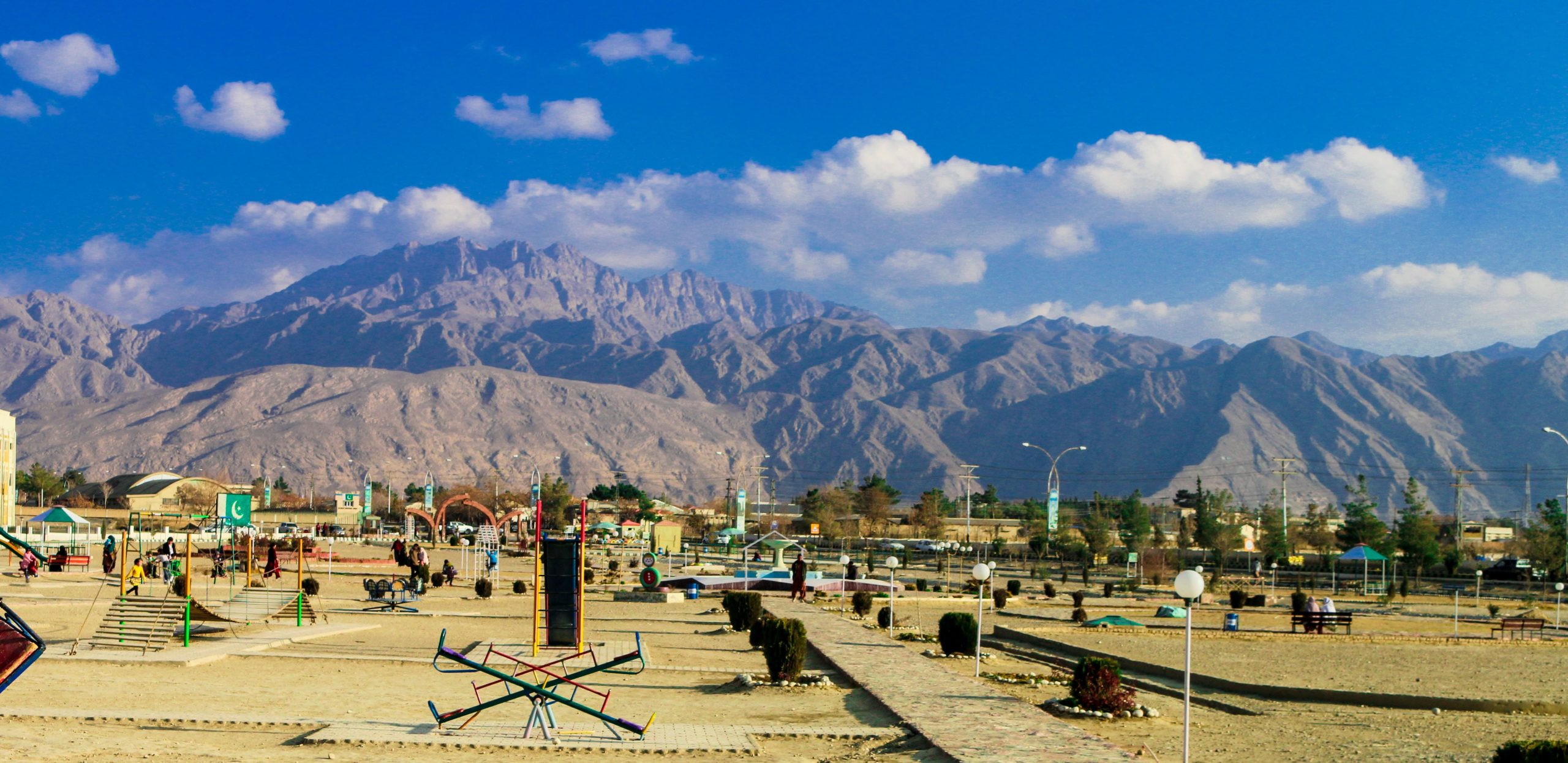
- September 18, 2025
🏞 Introduction
Pakistan is a land of vibrant traditions, a proud history, and strong cultural roots. The National Symbols of Pakistan represent the country’s identity, heritage, and aspirations. They connect people with the nation’s struggle for independence and highlight its unity despite cultural and linguistic diversity. These symbols are not mere representations; they are powerful reminders of what it means to be Pakistani. From the flag and anthem to natural treasures like the Markhor and jasmine flower, each symbol tells a unique story about the national identity of Pakistan.
🇵🇰 National Flag of Pakistan
The National Flag of Pakistan was designed by Amiruddin Kidwai and adopted on August 11, 1947. Its green field represents the Muslim majority, while the white vertical stripe represents minorities, symbolizing peace and inclusivity. The crescent represents progress, while the five-pointed star reflects light and knowledge. Every year on Independence Day, the flag is proudly hoisted across the country, reminding citizens of the sacrifices that led to independence. The flag is considered one of the most recognizable among the National Symbols of Pakistan.
🎶 National Anthem of Pakistan
The National Anthem of Pakistan was composed by Ahmad G. Chagla in 1949, with lyrics written by Hafeez Jullundhri in 1952. Adopted in 1954, it is one of the shortest anthems in the world but among the most poetic. Its words, rich in Persian and Urdu, glorify faith, patriotism, and unity. The anthem is played at schools, national events, and sports competitions, evoking deep emotions of pride.
🛡 National Emblem of Pakistan
The National Emblem of Pakistan, adopted in 1954, encapsulates the country’s ideology and economy. The crescent and star symbolize Islam, while the shield in the center represents the four major crops—cotton, wheat, tea, and jute—signifying the agricultural foundation. The surrounding wreath of jasmine highlights beauty and simplicity. At the bottom, the motto of Quaid-e-Azam Muhammad Ali Jinnah, “Faith, Unity, Discipline,” stands as a timeless guide for the nation.
👕 National Dress of Pakistan
The Shalwar Kameez is the National Dress of Pakistan, worn across all provinces in different styles. For men, it is often simple and plain, while women’s designs include embroidery, vibrant colors, and cultural variations. The dress represents modesty, identity, and inclusiveness. It is practical for the country’s climate and is equally used for daily wear and formal occasions.
🌸 National Flower of Pakistan
The Jasmine (Chambeli) is Pakistan’s National Flower. Known for its sweet fragrance and delicate white petals, jasmine represents purity, love, and simplicity. It also reflects the hospitable nature of Pakistan’s people. Jasmine garlands are commonly used in weddings and cultural celebrations, reinforcing its symbolic importance in everyday life.
🍊 National Fruit of Pakistan
The Mango holds the title of National Fruit of Pakistan. Revered as the “King of Fruits,” mangoes are an integral part of Pakistani cuisine and culture. With varieties like Chaunsa, Sindhri, and Anwar Ratol, Pakistan is one of the world’s top mango exporters. Mangoes symbolize abundance, sweetness, and the richness of the land.
🌳 National Tree of Pakistan
The Deodar (Cedrus deodara) is Pakistan’s National Tree. Found in the northern mountains, particularly in Swat and Kaghan, it is valued for its strength and resilience. Deodar wood has been used for centuries in construction, reflecting endurance and natural beauty. Its evergreen nature symbolizes Pakistan’s determination and longevity.
🐆 National Animal of Pakistan
The Markhor, Pakistan’s National Animal, is a wild goat with spiral horns. Found in the rugged northern ranges, it embodies strength, survival, and bravery. Once endangered, conservation efforts have increased its population, making it a symbol of resilience. Interestingly, “Markhor” means “snake-eater” in Persian, adding to its mythical aura.
🦅 National Bird of Pakistan
The Chukar Partridge is the National Bird of Pakistan. Locally known as “Chukar,” it holds cultural and poetic significance. In literature, it symbolizes deep longing and passionate love, often described as being in love with the moon. Its presence in rocky hills mirrors Pakistan’s diverse landscapes.
🏑 National Sport of Pakistan
The official National Sport of Pakistan is Field Hockey. Pakistan has a glorious past in hockey, winning Olympic gold medals and multiple World Cups. While cricket has overshadowed it in popularity, hockey remains an important part of the country’s sporting identity and history.
✍ National Poet of Pakistan
Allama Iqbal is the National Poet of Pakistan. Known as the “Poet of the East,” he played a pivotal role in inspiring Muslims of the subcontinent to envision a separate homeland. His poetry promotes self-respect, spiritual awakening, and unity. His vision laid the ideological foundation for Pakistan.
🗣 National Language of Pakistan
The National Language of Pakistan is Urdu, chosen because of its rich literary heritage and unifying role. Although not the mother tongue of most citizens, it bridges communication gaps between provinces and fosters a collective identity. Urdu poetry and literature remain central to Pakistan’s cultural pride.
🕌 National Mosque of Pakistan
The Faisal Mosque in Islamabad is the National Mosque of Pakistan. Funded by Saudi King Faisal, it is a masterpiece of modern Islamic architecture. Situated at the foot of the Margalla Hills, its unique design without a dome makes it one of the most striking mosques in the world.
🏛 National Monument of Pakistan
The Pakistan Monument in Islamabad is the official National Monument. Its blooming petal-shaped structure symbolizes the unity of Pakistan’s four provinces and three territories. Inside, murals depict the nation’s history, struggle, and achievements, making it a vital heritage site.
🥛 National Drink of Pakistan
Sugarcane juice (Roh) is the National Drink of Pakistan. Sold widely across the country, especially in summers, it symbolizes energy, refreshment, and the importance of agriculture. It is both a cultural favorite and a representation of Pakistan’s fertile lands.
🍲 National Dish of Pakistan
Nihari is considered the National Dish of Pakistan. A slow-cooked stew, originally eaten for breakfast during the Mughal era, Nihari is now a beloved dish across Pakistan. Its rich flavors and spices symbolize the culinary diversity and heritage of the nation.
📊 Distances to Key National Symbols
| National Symbol | Location | Distance from Islamabad |
|---|---|---|
| Pakistan Monument | Islamabad | 5 km |
| Faisal Mosque | Islamabad | 7 km |
| Minar-e-Pakistan | Lahore | 375 km |
| Mazar-e-Quaid | Karachi | 1,415 km |
❓ FAQs
🟢 Why are the National Symbols of Pakistan important?
The National Symbols of Pakistan are important because they highlight the nation’s unity, culture, and values while strengthening patriotic spirit.
🟢 How does the National Flag of Pakistan show harmony?
The National Flag of Pakistan shows harmony by including green for Muslims and white for minorities, symbolizing peace and inclusivity.
🟢 Why was Jasmine chosen as the National Flower of Pakistan?
Jasmine was chosen as the National Flower of Pakistan because it symbolizes purity, simplicity, and hospitality, all traits admired in Pakistani culture.
🟢 What is the meaning behind the National Emblem of Pakistan?
The National Emblem of Pakistan represents agriculture, Islamic ideology, and national unity with its crops, crescent, star, and motto.
🟢 How did Allama Iqbal become the National Poet of Pakistan?
Allama Iqbal is the National Poet of Pakistan because his vision and poetry inspired the creation of a separate homeland for Muslims.
🟢 What is the significance of the Markhor as the National Animal?
The National Animal of Pakistan, the Markhor, symbolizes strength, survival, and resilience in the harsh mountain environments.
🟢 Why is Urdu the National Language of Pakistan?
Urdu was chosen as the National Language of Pakistan because it unifies diverse ethnic groups and has a rich literary history.
🟢 Is Field Hockey still the National Sport of Pakistan?
Yes, Field Hockey remains the National Sport of Pakistan, even though cricket has become more popular.
🟢 What does the Pakistan Monument symbolize?
The Pakistan Monument symbolizes unity and sacrifice, with petals representing provinces and territories.
🟢 Why is Faisal Mosque the National Mosque of Pakistan?
Faisal Mosque is the National Mosque of Pakistan because of its architectural beauty and its symbolic representation of faith.
🏁 Conclusion
The National Symbols of Pakistan are more than official representations; they are the foundation of national pride and identity. From the flag that unites diverse communities, to the anthem that inspires, the Markhor that reflects strength, and the Pakistan Monument that celebrates unity, each symbol carries deep meaning. These symbols preserve the past, strengthen the present, and inspire the future, ensuring that Pakistan’s cultural identity remains strong and everlasting. By honoring these national treasures, citizens reinforce the national identity of Pakistan and pass on values of unity, resilience, and pride to future generations.





